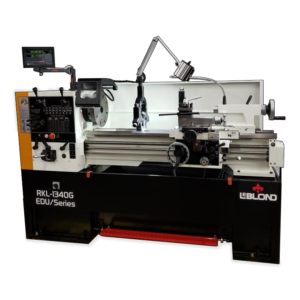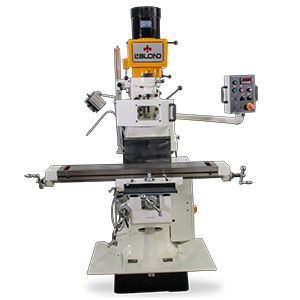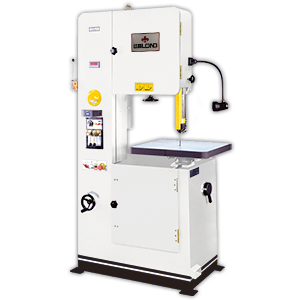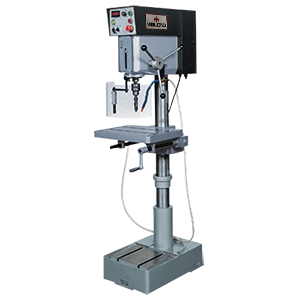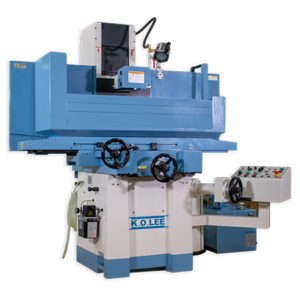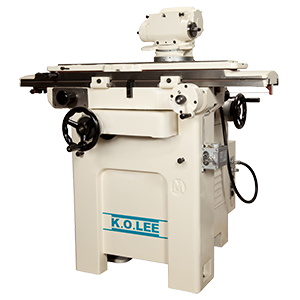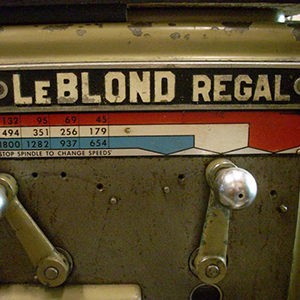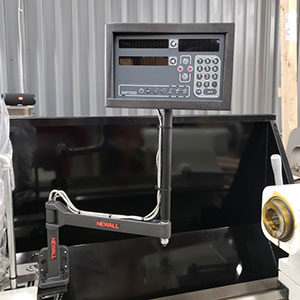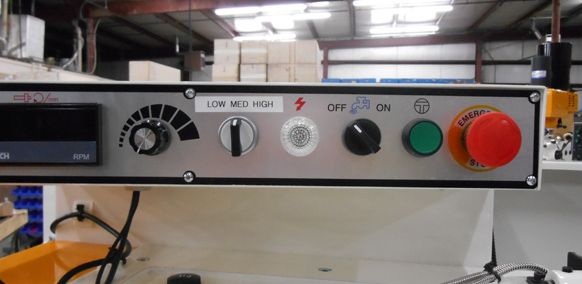Constant Surface Speed (CSS) is a feature on a Digital Readout (DRO) that provides CNC benefits at a manual price. It automatically determines spindle speed in RPM on a turning tool like a LeBlond RKL Series manual lathe.
This is the last in a series of posts, detailing Constant Surface Speed, its features and benefits. See this first post, an introductory primer on CSS as well as this second one that explains the different modes on a CSS-equipped DRO like Newall’s E70.
We will now list in more detail the benefits of CSS. This feature allowing steady spindle speed allows for more consistent surface finishes on your part or workpiece. It also allows tools to last longer and results in fewer workpieces lost from operator error.
Easier Programming
The biggest draw of CSS is that it is easier to use and allows for simplified programming. An operator only need to input speed determined in surface feet per minute (SFM) or surface meters per minute (SMM). The operator does not need to calculate RPM which is determined by the CSS-equipped DRO according to the following formula:
RPM = 3.82 x SFM/Diameter
When entering SFM in the DRO directly, the device will constantly and automatically perform this calculation, updating the spindle speed in RPM (RPM mode).
More Consistent Workpiece Finish
When using CSS, the spindle speed will vary. Since the feedrate (inches per revolution or millimeters per revolution) on the manual lathe is tied to the spindle speed, this metric will vary, leaving consistent marks on the workpiece and resulting in a more consistent finish no matter what the diameter is on the workpiece or part.
Constant Surface Speed Benefits: Longer Tool Life
Tools will always be machined at the appropriate speed and consequently last longer. Since spindle speed on the lathe is at its optimum speed in SFM, tool life will be at its maximum.
Optimum Cycle Life
When using faster spindle speed with CSS, the tool will machine faster. This cycle time is inverse to spindle speed in RPM. As spindle speed increases, the cycle times decreases, resulting in greater efficiency on the shop floor. When using CSS, cutting conditions will always be optimized, resulting in minimal time machining.
Higher spindle speeds are possible on a CNC turning center. Since operators can’t run optimum spindle speed on a manual machine due to safety reasons, some machinists might gauge spindle speed haphazardly and feel the spindle speed is too high when a CNC machine is in operation.
Overall, CSS simplifies cutting setup and improves efficiency. It is a feature you definitely want to consider when purchasing a manual lathe to give it CNC functionality.
If you’re interested in new LeBlond or K.O. Lee machines or require OEM parts for your LeBlond, K.O. Lee, Standard Modern, Johnson Press, Deka Drill or W.F. & John Barnes equipment, call LeBlond at +1 (888) 532-5663 or fill out a form here.

